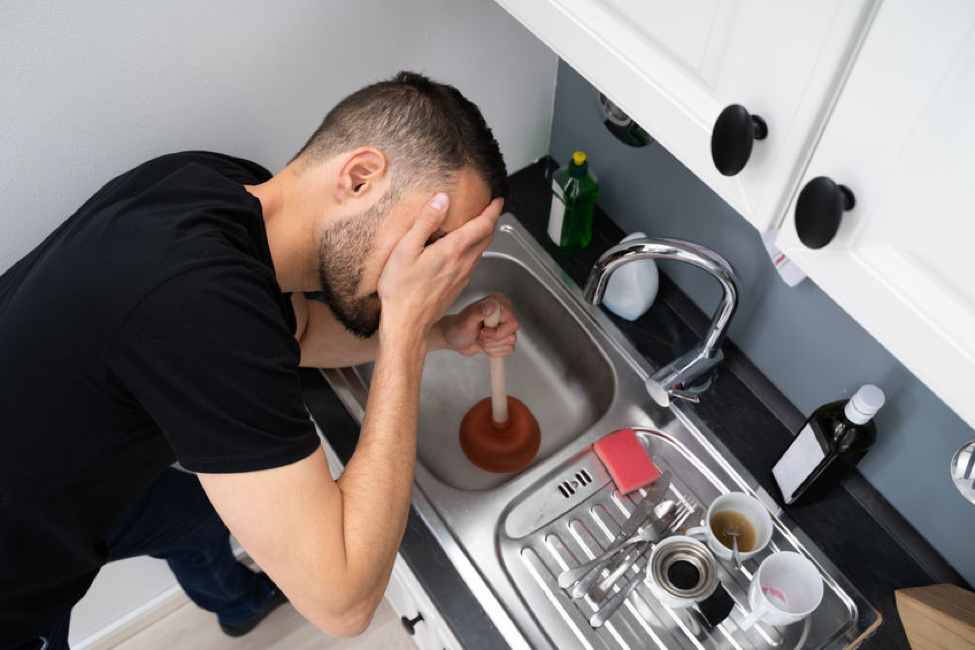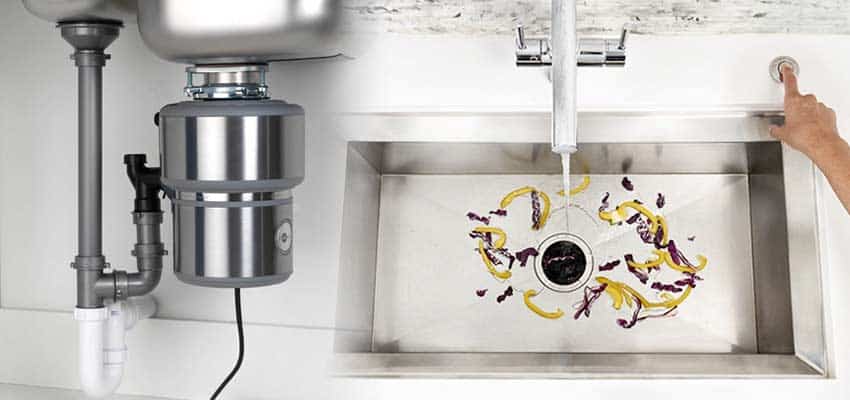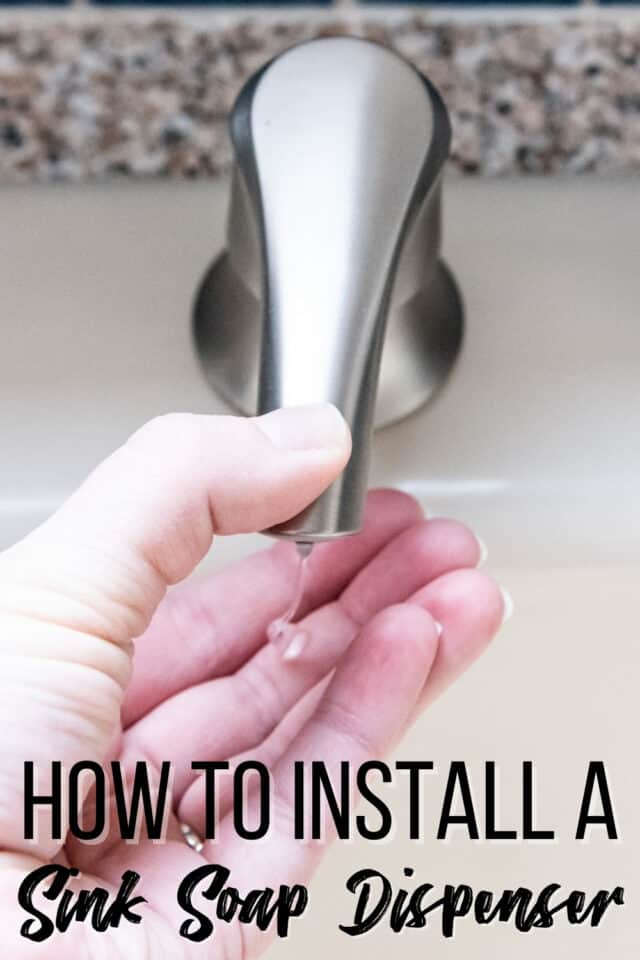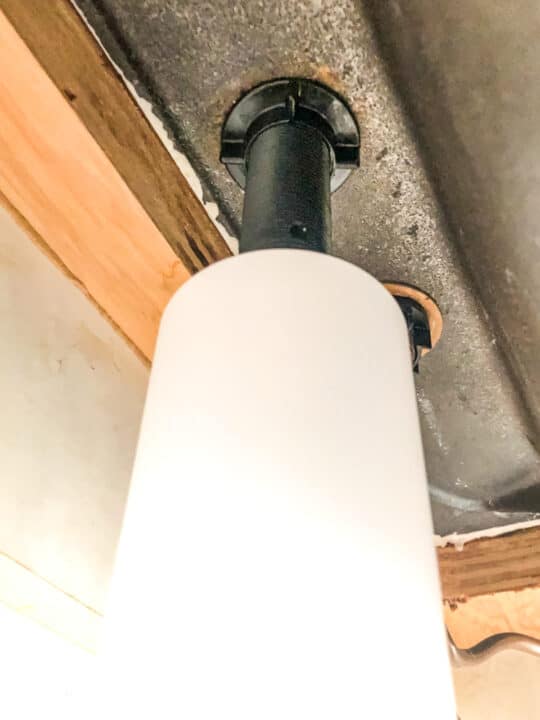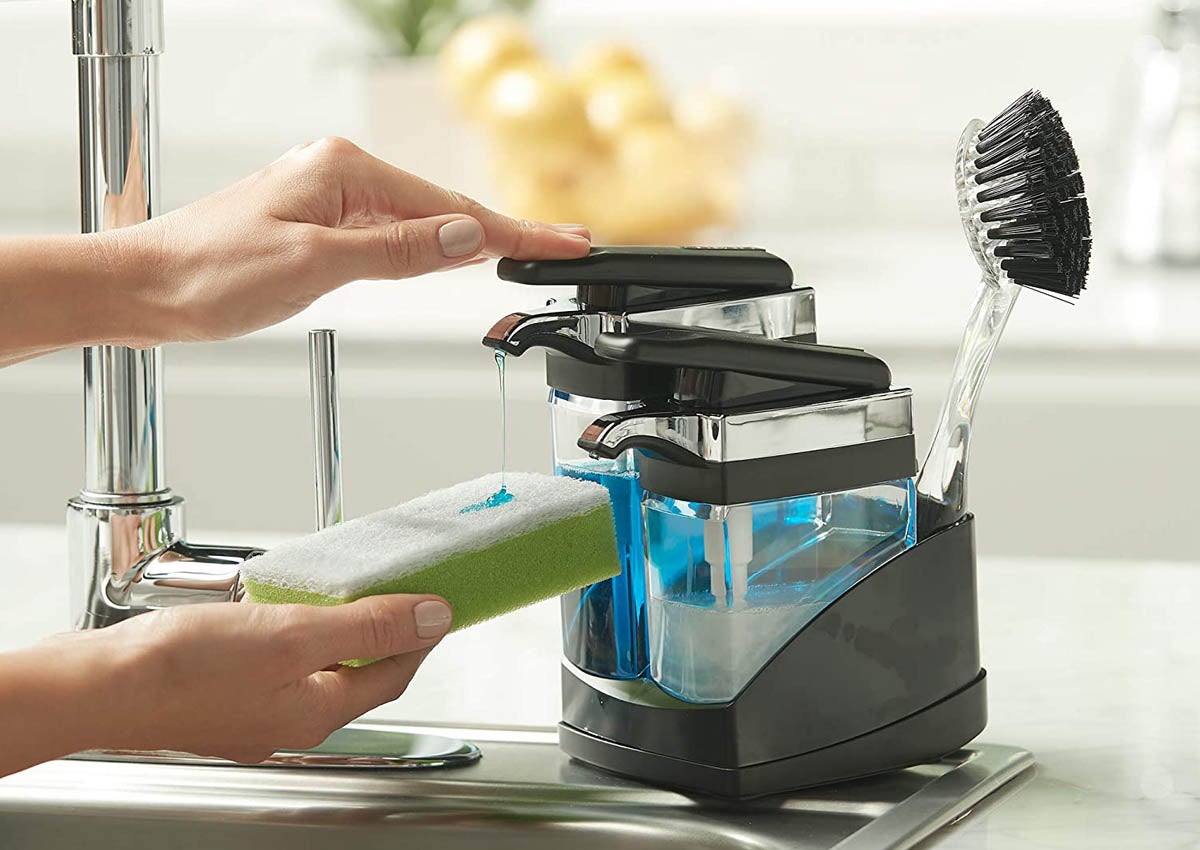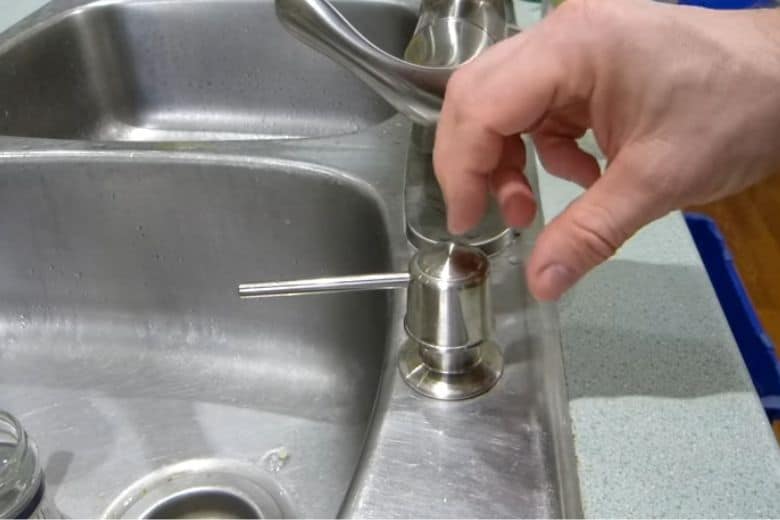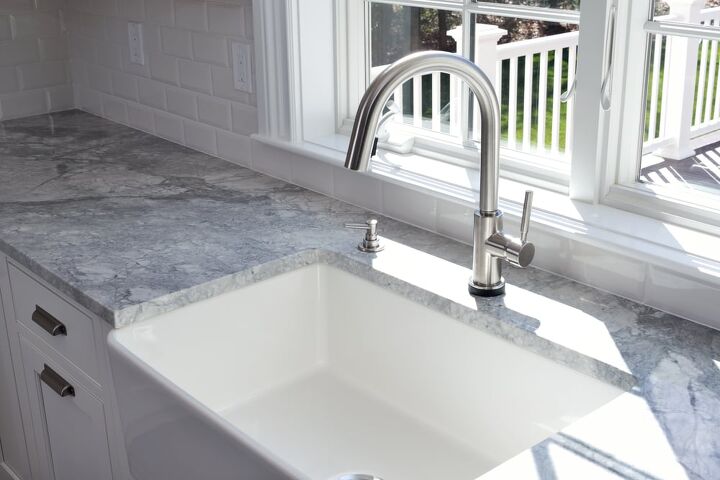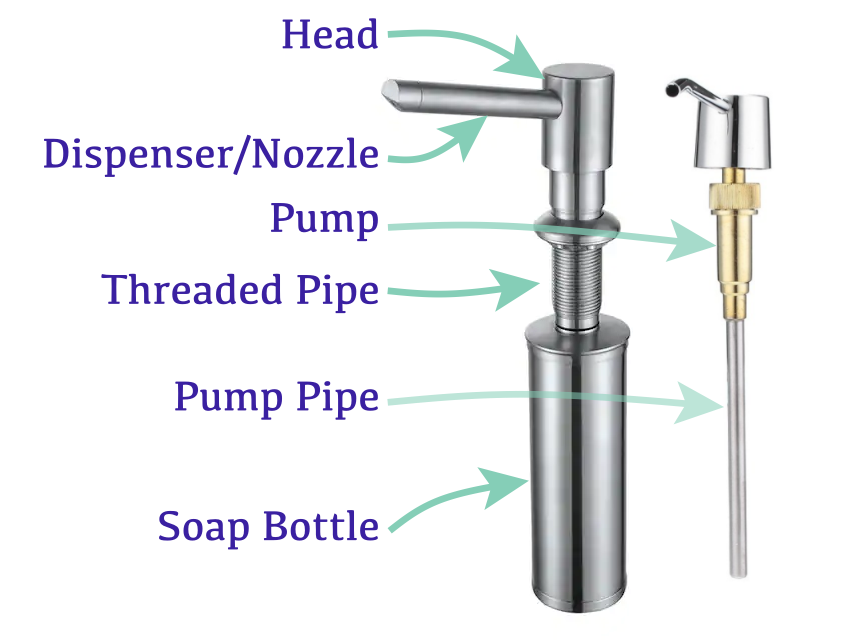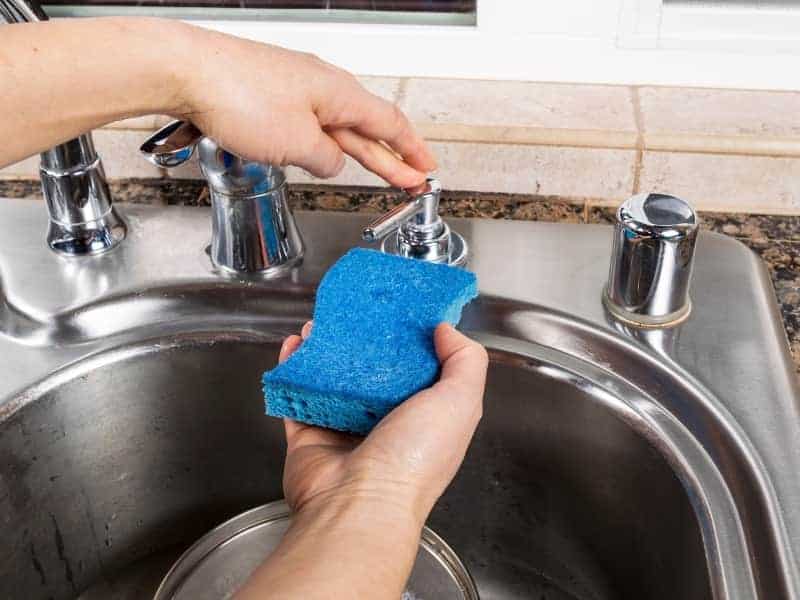Dealing with a leaky kitchen sink drain pipe can be a frustrating and messy problem. Not only does it create a mess in your kitchen, but it can also lead to water damage and mold growth if left untreated. But fear not, with a few simple steps, you can easily repair a leaky kitchen sink drain pipe yourself. The first step in repairing a leaky kitchen sink drain pipe is to locate the source of the leak. This can usually be found where the drain pipe connects to the sink or where it connects to the main drain line. Once you have identified the source of the leak, you can move on to the next step. Next, you will need to turn off the water supply to your sink. This can usually be done by turning the shut-off valve located under the sink in a clockwise direction. Once the water is turned off, you can begin to disassemble the drain pipe and inspect it for any cracks, holes, or loose connections. If you find any cracks or holes, you can use a pipe sealant or plumber's putty to seal them. For loose connections, you can use a wrench to tighten them. Once you have made the necessary repairs, you can reassemble the drain pipe and turn the water supply back on to test for any remaining leaks. Remember to use caution and follow safety precautions when working with plumbing, and if the problem persists, it may be best to call a professional plumber for further assistance.1. How to Repair a Leaky Kitchen Sink Drain Pipe
As a homeowner, it's important to have some basic knowledge of plumbing repairs. This can save you time and money when faced with common kitchen sink plumbing problems. With a little DIY know-how, you can easily tackle these issues yourself. One of the most common kitchen sink plumbing problems is a clogged drain. This can be caused by a buildup of food particles, grease, or other debris. To fix this issue, you can use a plunger or a drain snake to clear the clog. If that doesn't work, you can try using a mixture of baking soda and vinegar to break up the clog. Another common issue is a leaky kitchen sink faucet. This can be caused by worn out O-rings or a faulty cartridge. To fix this, you will need to turn off the water supply to your sink, disassemble the faucet, and replace any worn out parts. It's always a good idea to have a replacement kit on hand for quick and easy repairs. By learning some basic DIY plumbing skills, you can save yourself the hassle and expense of hiring a plumber for simple kitchen sink repairs. Just be sure to do your research and follow safety precautions to avoid any further damage.2. DIY Kitchen Sink Plumbing Repair
While the kitchen sink may seem like a simple and durable fixture, it is prone to several common plumbing problems. Being aware of these issues and knowing how to fix them can save you time, money, and frustration. In addition to clogged drains and leaky faucets, another common problem is a broken kitchen sink sprayer. This can be caused by a clog in the sprayer head or a faulty diverter valve. To fix this, you will need to disassemble the sprayer and clean or replace any damaged parts. Another issue that may arise is a malfunctioning kitchen sink soap dispenser. This can be caused by a clogged soap dispenser pump or a faulty soap dispenser bottle. To fix this, you will need to clean or replace the pump or bottle, depending on the cause of the problem. By being aware of these common kitchen sink plumbing problems and knowing how to fix them, you can avoid unnecessary stress and expenses. But if the issue seems too complex or you're unsure of how to handle it, don't hesitate to call a professional plumber for assistance.3. Common Kitchen Sink Plumbing Problems and How to Fix Them
A clogged kitchen sink can be a major inconvenience, but it's a problem that can often be fixed without the need for a plumber. By following a few troubleshooting steps, you can identify and repair the cause of the clog. The first step in troubleshooting a clogged kitchen sink is to determine if the clog is in the sink itself or in the main drain line. You can do this by running water in other sinks or bathtubs in your home. If they are draining properly, the clog is most likely in your kitchen sink. If the clog is in your kitchen sink, you can try using a plunger or a drain snake to clear it. If these methods don't work, you can try using a mixture of baking soda and vinegar to dissolve the clog. Alternatively, you can use a chemical drain cleaner, but be sure to follow the instructions carefully and take safety precautions. If none of these methods work, it may be best to call a professional plumber to avoid causing further damage to your pipes. They have the tools and expertise to handle stubborn clogs and can get your kitchen sink back to functioning properly.4. Troubleshooting and Repairing a Clogged Kitchen Sink
A broken kitchen sink sprayer can make washing dishes and rinsing the sink a frustrating task. But with a few simple steps, you can repair it and have it working like new again. The first step in repairing a kitchen sink sprayer is to turn off the water supply to your sink. Next, you will need to disassemble the sprayer by removing the sprayer head and the hose from the faucet. You may need to use pliers to loosen any tight connections. Once the sprayer is disassembled, you can inspect the sprayer head and the hose for any clogs or damage. Clean or replace any damaged parts and reassemble the sprayer. Be sure to tighten all connections to avoid any leaks. After reassembling the sprayer, turn the water supply back on and test it to ensure it is functioning properly. If the problem persists, you may need to replace the entire sprayer unit. By following these simple steps, you can easily repair a broken kitchen sink sprayer and make your daily kitchen tasks a little easier.5. Step-by-Step Guide to Repairing a Kitchen Sink Sprayer
A leaky kitchen sink faucet not only wastes water, but it can also cause annoying dripping sounds and increase your water bill. Fortunately, fixing a leaky faucet is a relatively simple repair that can be done in a few easy steps. The first step is to turn off the water supply to your sink. Then, using a wrench, you can unscrew the handles and remove them from the faucet. Next, you will need to remove the stem and replace any worn out O-rings or washers. If the leak persists, you may need to replace the entire faucet cartridge. Be sure to purchase a replacement cartridge that matches the make and model of your faucet. Once the new cartridge is installed, you can reassemble the faucet and turn the water supply back on to test for any remaining leaks. Remember to take safety precautions and be patient when repairing a leaky kitchen sink faucet. It may take a few tries to get it right, but once you do, you can enjoy a leak-free sink.6. Fixing a Leaky Kitchen Sink Faucet
Over time, the drain in your kitchen sink can become corroded or damaged, leading to leaks and clogs. If this is the case, it may be necessary to replace the drain. With the right tools and a little know-how, you can easily replace the drain yourself. The first step is to turn off the water supply to your sink. Next, you will need to disassemble the drain by removing the drain cover and the drain pipe. You may need to use pliers to loosen any tight connections. Once the old drain is removed, you can install the new drain. This will involve placing the new drain basket into the sink and securing it with the locknut and screws. Next, you will need to attach the drain pipe and tighten all connections. After installing the new drain, turn the water supply back on and test for any leaks. If everything looks good, you can reattach the drain cover and enjoy your newly replaced kitchen sink drain.7. How to Replace a Kitchen Sink Drain
The kitchen sink trap is an essential part of your plumbing system, as it prevents sewer gases from entering your home. But over time, it can become clogged or damaged, causing unpleasant odors and water backups. With a few simple steps, you can easily repair a kitchen sink trap. The first step is to locate the trap, which is usually located under your sink. Next, you will need to place a bucket or other container underneath the trap to catch any water that may spill out when you disassemble it. Using pliers, you can loosen the connections between the trap and the sink drain and the main drain line. Once the trap is removed, you can clean out any debris or replace any damaged parts. Then, reassemble the trap and tighten all connections. By regularly cleaning and maintaining your kitchen sink trap, you can prevent clogs and keep your plumbing system running smoothly.8. Repairing a Kitchen Sink Trap
A kitchen sink garbage disposal is a convenient appliance that helps to break down food waste. But, like any appliance, it can malfunction or break down over time. Instead of immediately replacing it, there are a few tips you can try to repair your garbage disposal. The first tip is to check the electrical connections. Make sure the disposal is plugged in and that the circuit breaker hasn't tripped. If everything looks good, you can try pressing the reset button on the bottom of the unit. If the disposal is still not working, you can use an Allen wrench to manually turn the blades and dislodge any clogs. Alternatively, you can use a plunger or a mixture of baking soda and vinegar to try and clear the clog. If none of these tips work, it may be time to call a professional for further assistance or consider replacing your garbage disposal.9. Tips for Repairing a Kitchen Sink Garbage Disposal
A kitchen sink soap dispenser is a convenient addition to any sink, but it can become frustrating when it stops working properly. Fortunately, repairing a kitchen sink soap dispenser is a simple task that can be done in just a few steps. The first step is to check the soap dispenser bottle and pump for any clogs or damage. Clean or replace any damaged parts as needed. Next, you will need to check the connection between the bottle and the pump to ensure it is secure. If the problem persists, you may need to replace the pump or the entire soap dispenser unit. Be sure to purchase a replacement that is compatible with your sink and follow the manufacturer's instructions for installation. By regularly cleaning and maintaining your kitchen sink soap dispenser, you can avoid any issues and keep your sink area clean and organized.10. How to Repair a Kitchen Sink Soap Dispenser
Why Hiring a Professional is the Best Option for Repairing Kitchen Sink Plumbing
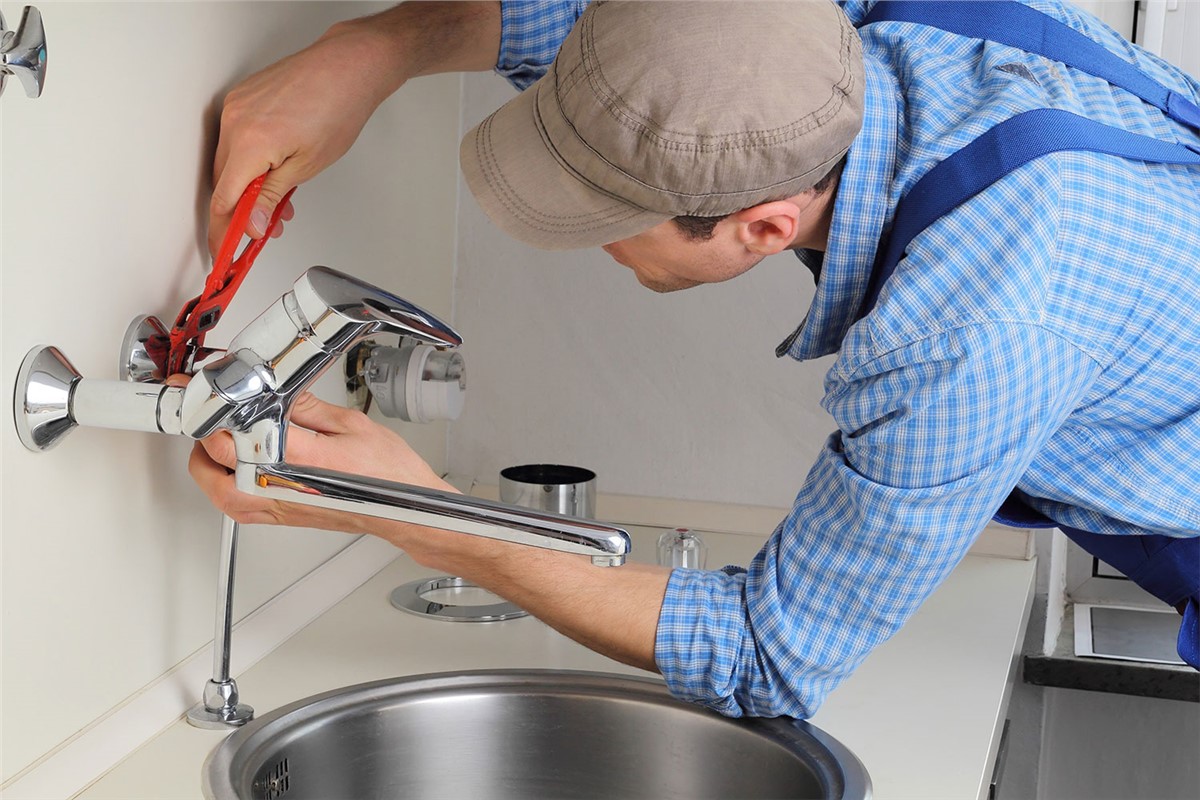
When it comes to repairing kitchen sink plumbing, many homeowners may be tempted to try and fix the issue themselves. While DIY projects can be satisfying and cost-effective, when it comes to plumbing, it's always best to hire a professional. Not only can plumbing repairs be complex and time-consuming, but they also require a certain level of expertise and specialized tools. In this article, we'll discuss why hiring a professional is the best option when it comes to repairing kitchen sink plumbing.
Experience and Expertise
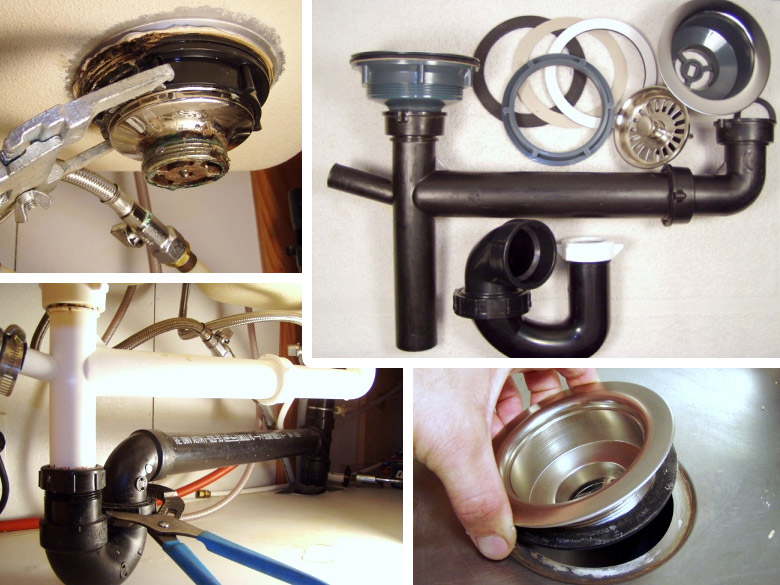
One of the main reasons to hire a professional for repairing kitchen sink plumbing is their experience and expertise. Professional plumbers have years of training and hands-on experience in dealing with all types of plumbing issues. They are equipped with the knowledge and skills to diagnose and fix any problem efficiently and effectively. By hiring a professional, you can be assured that the job will be done right the first time, saving you time and money in the long run.
Specialized Tools and Equipment
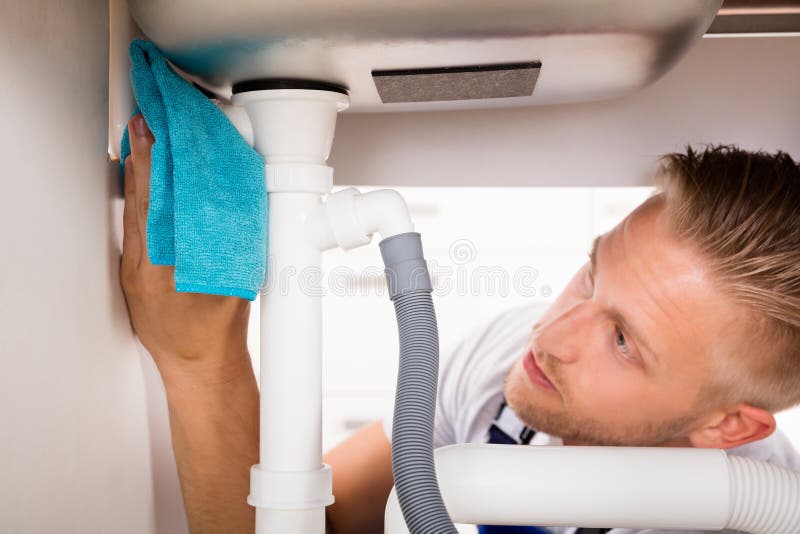
Another advantage of hiring a professional is their access to specialized tools and equipment. Plumbing repairs often require specific tools that most homeowners don't have readily available. By hiring a professional, you won't have to worry about purchasing or renting these tools, which can be costly. Professional plumbers are equipped with the latest tools and technology to handle any plumbing issue, making the repair process quicker and more efficient.
Expert Diagnosis

When it comes to plumbing issues, the cause of the problem may not always be apparent. A professional plumber can provide an expert diagnosis of the issue and determine the root cause of the problem. This is crucial as it ensures that the repair is done correctly, avoiding any future complications. Additionally, a professional can identify any underlying issues that may not be visible to an untrained eye, preventing potential costly repairs in the future.
Guaranteed Results
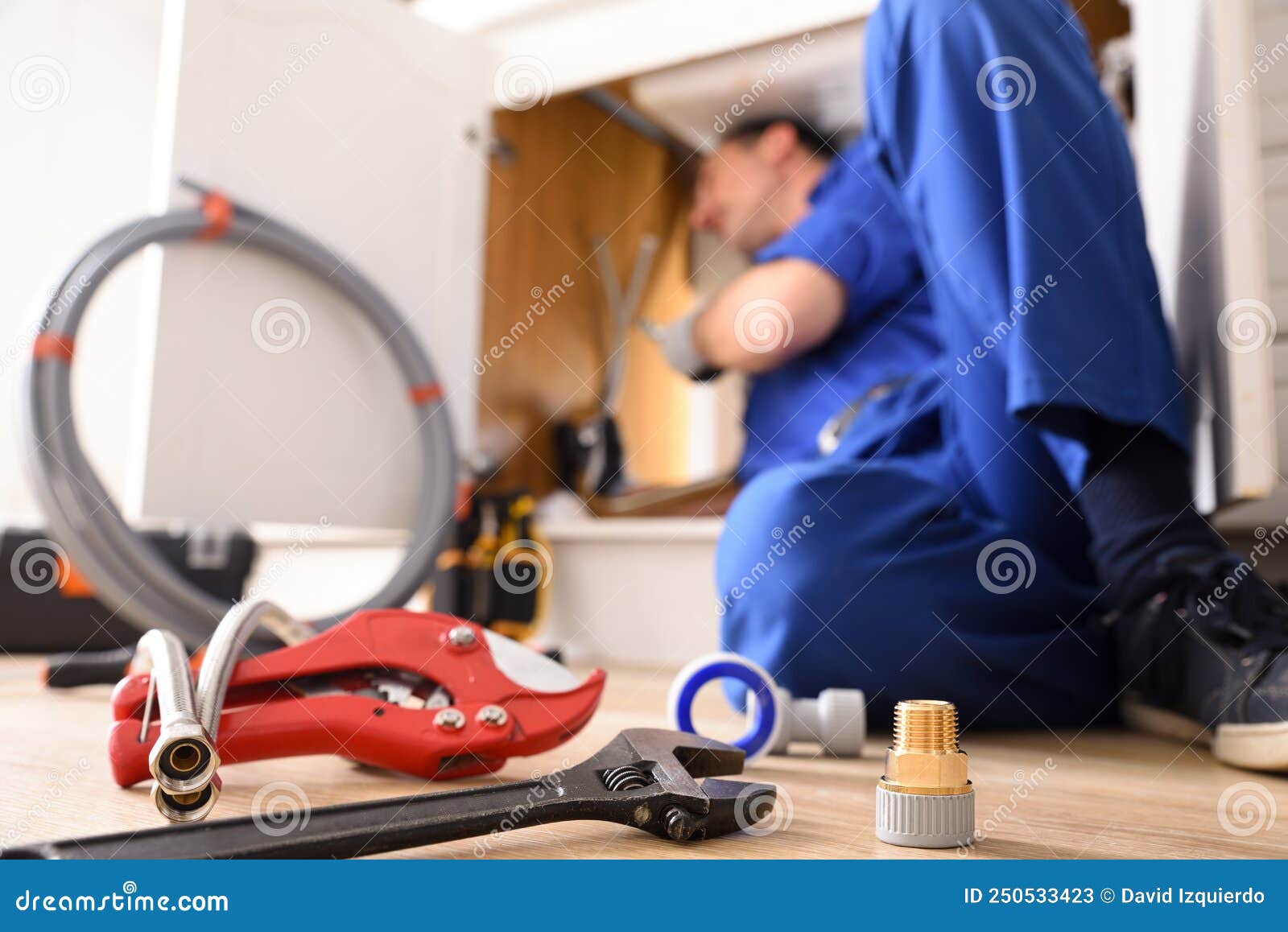
One of the main benefits of hiring a professional for repairing kitchen sink plumbing is the guaranteed results. Professional plumbers stand by their work and offer warranties for their services. This means that if the problem persists after the repair, they will come back and fix it at no additional cost. This gives homeowners peace of mind and ensures that the job will be done correctly and to their satisfaction.
In conclusion, when it comes to repairing kitchen sink plumbing, hiring a professional is the best option. Not only do they have the necessary experience, expertise, and tools, but they also provide guaranteed results. So save yourself the hassle and potential costly mistakes by leaving the job to the professionals.
Why Hiring a Professional is the Best Option for Repairing Kitchen Sink Plumbing

When it comes to repairing kitchen sink plumbing , many homeowners may be tempted to try and fix the issue themselves. While DIY projects can be satisfying and cost-effective, when it comes to plumbing, it's always best to hire a professional. Not only can plumbing repairs be complex and time-consuming, but they also require a certain level of expertise and specialized tools. In this article, we'll discuss why hiring a professional is the best option when it comes to repairing kitchen sink plumbing .
Experience and Expertise

One of the main reasons to hire a professional for repairing kitchen sink plumbing is their experience and expertise. Professional plumbers have years of training and hands-on experience in dealing with all types of plumbing issues. They are equipped with the knowledge and skills to diagnose and fix any problem efficiently and effectively. By hiring a professional, you can be assured that the job will be done right the first time, saving you time and money in the long run.
Specialized Tools and Equipment
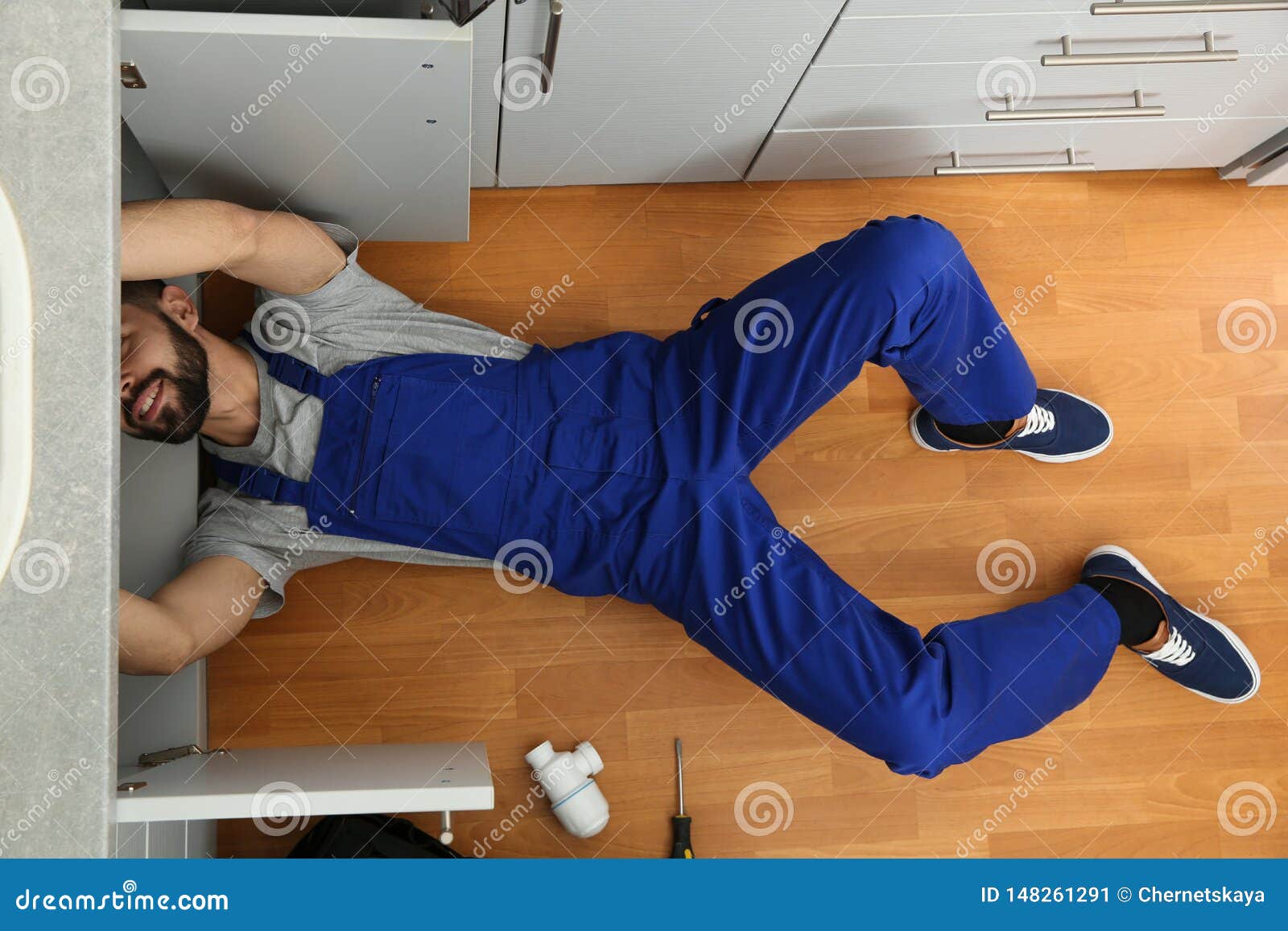
Another advantage of hiring a professional is their access to specialized tools and equipment. Plumbing repairs often require specific tools that most homeowners don't have readily available. By hiring a professional, you won't have to worry about purchasing or renting these tools, which can be costly. Professional plumbers are equipped with the latest tools and technology to handle any plumbing issue, making the repair process quicker and more efficient.
Expert Diagnosis

When it comes to plumbing issues, the cause of the problem may not always be apparent. A professional plumber can provide an expert diagnosis of the issue and determine the root cause of the problem. This is crucial as it ensures that the repair is done correctly, avoiding any future complications. Additionally, a professional can identify any underlying issues that may not be visible to an untrained eye, preventing potential costly repairs in the






/pvc-joint-repair-2718924-color-FINAL-86df124f8a7647adb2aa514759a37d39.png)























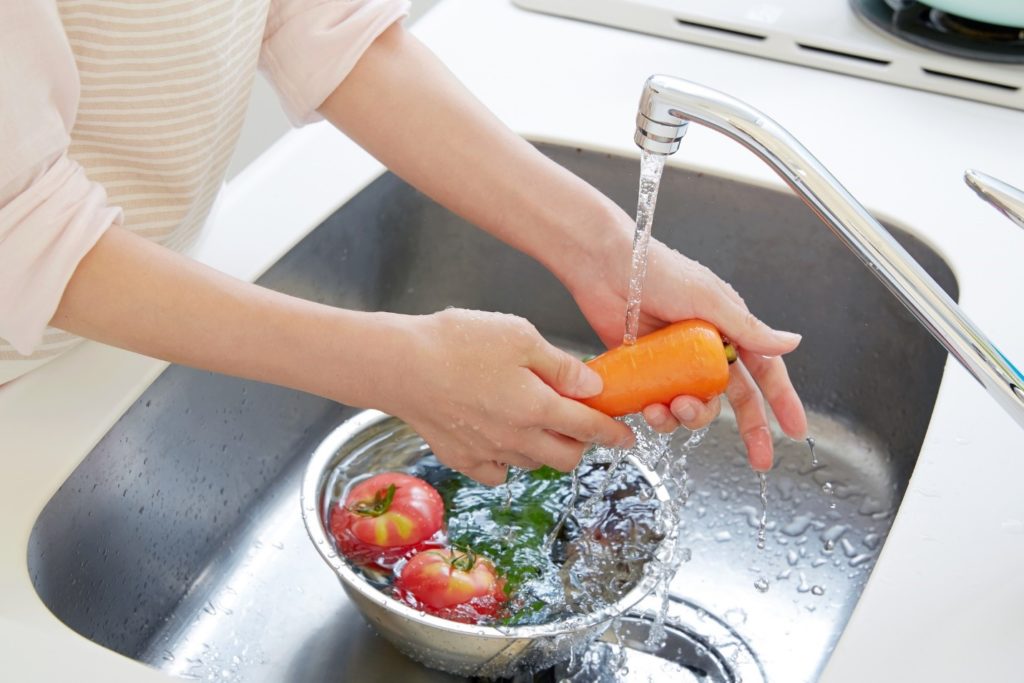



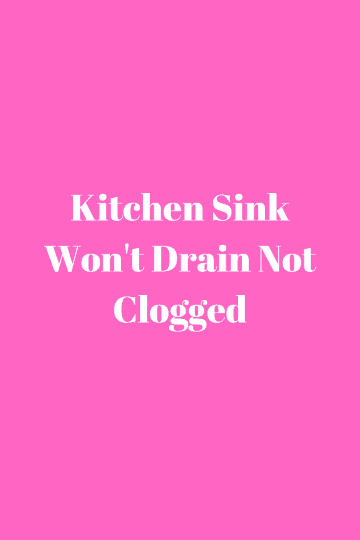
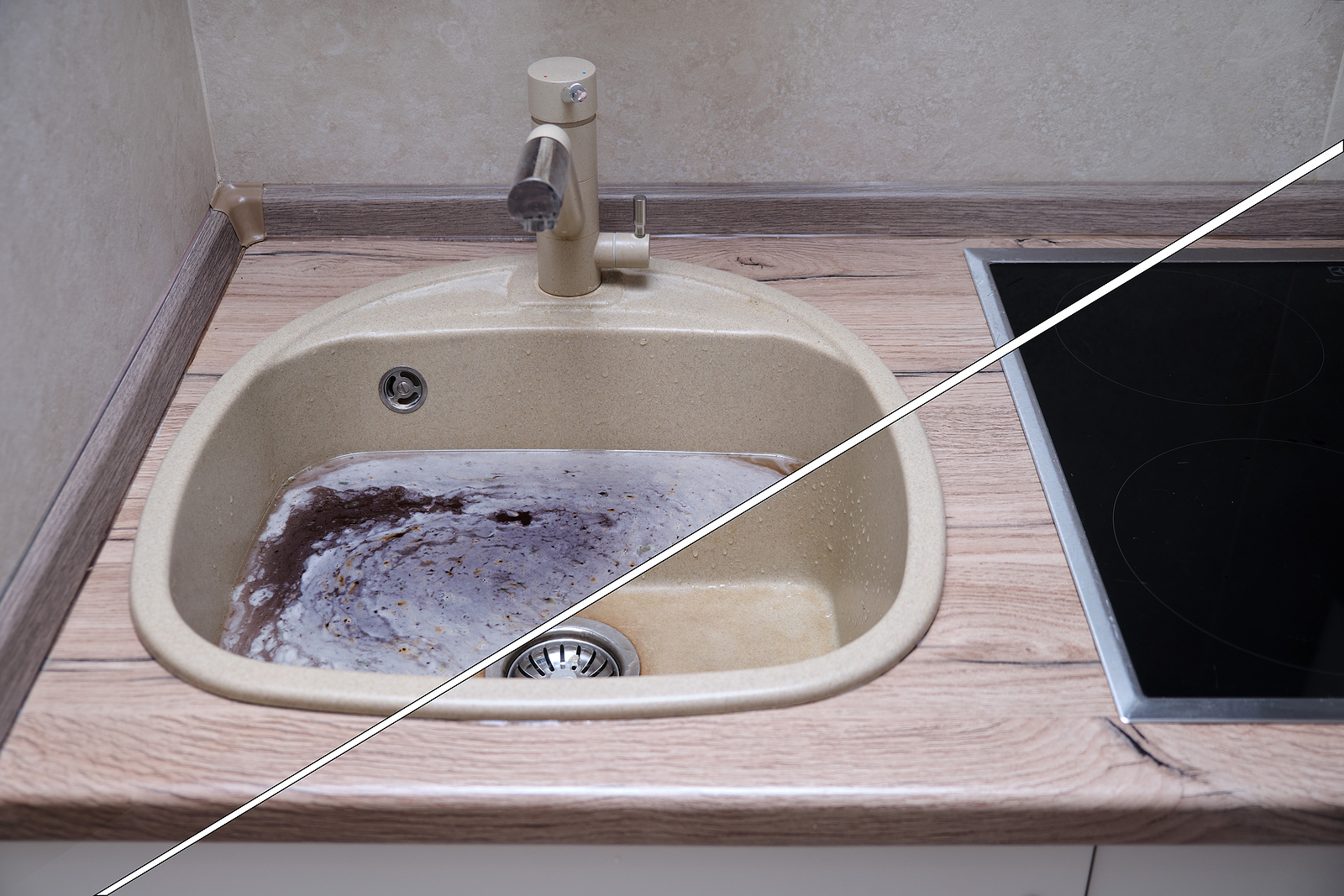

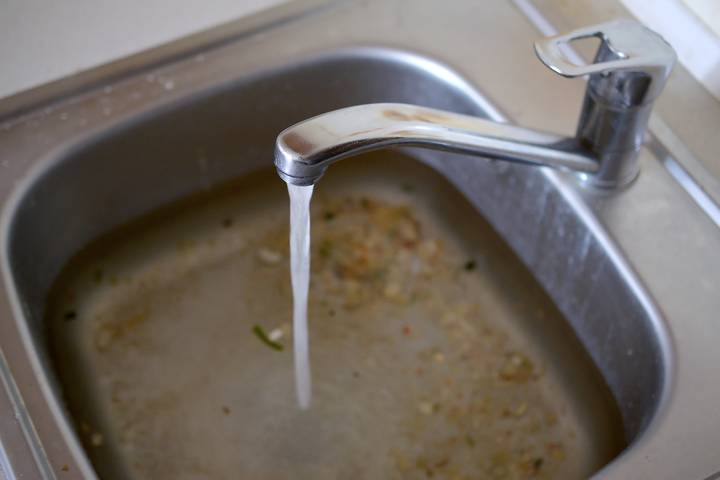



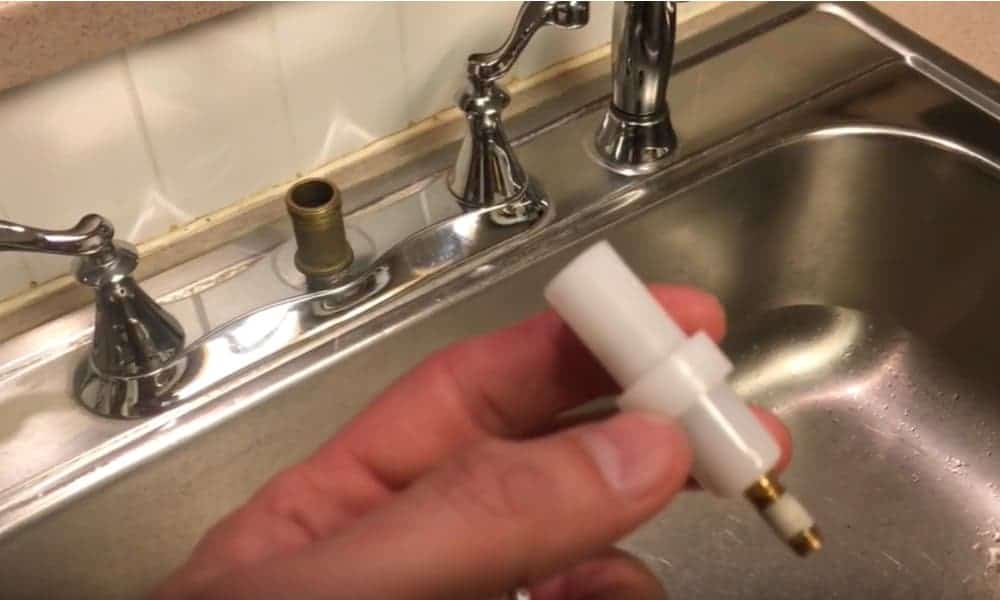

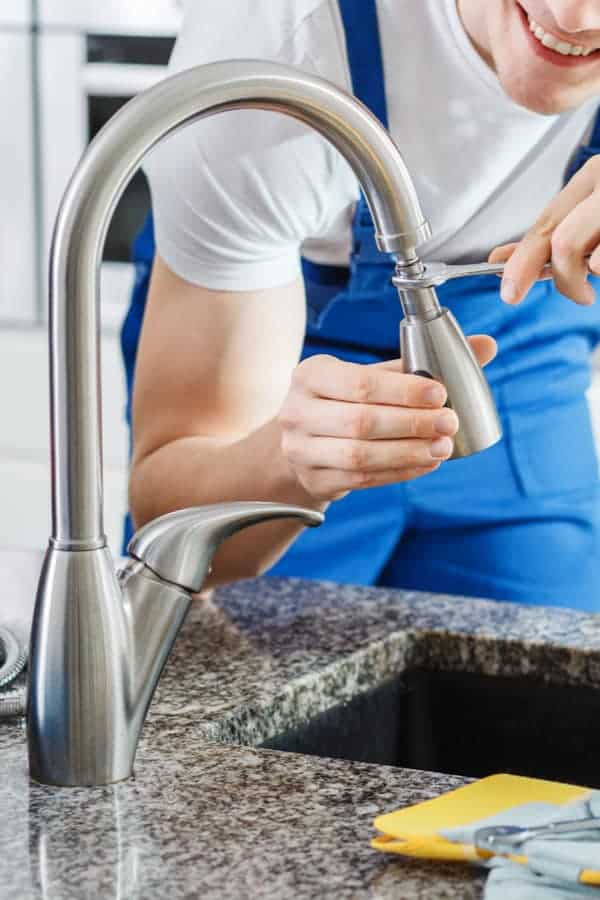

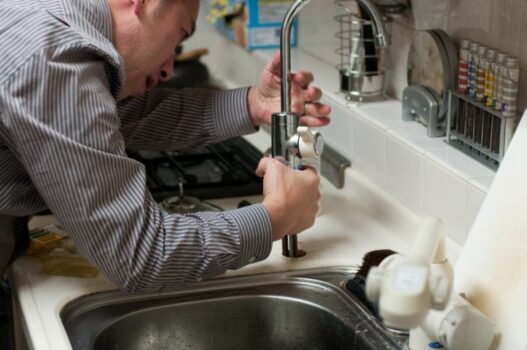

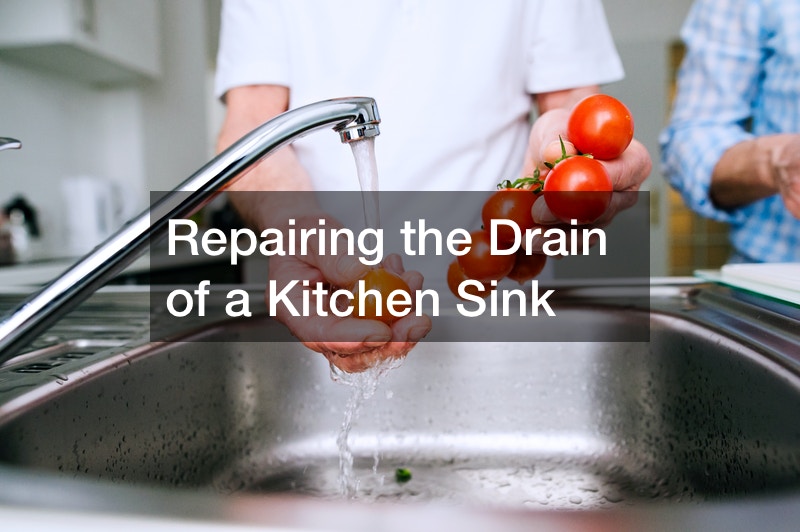
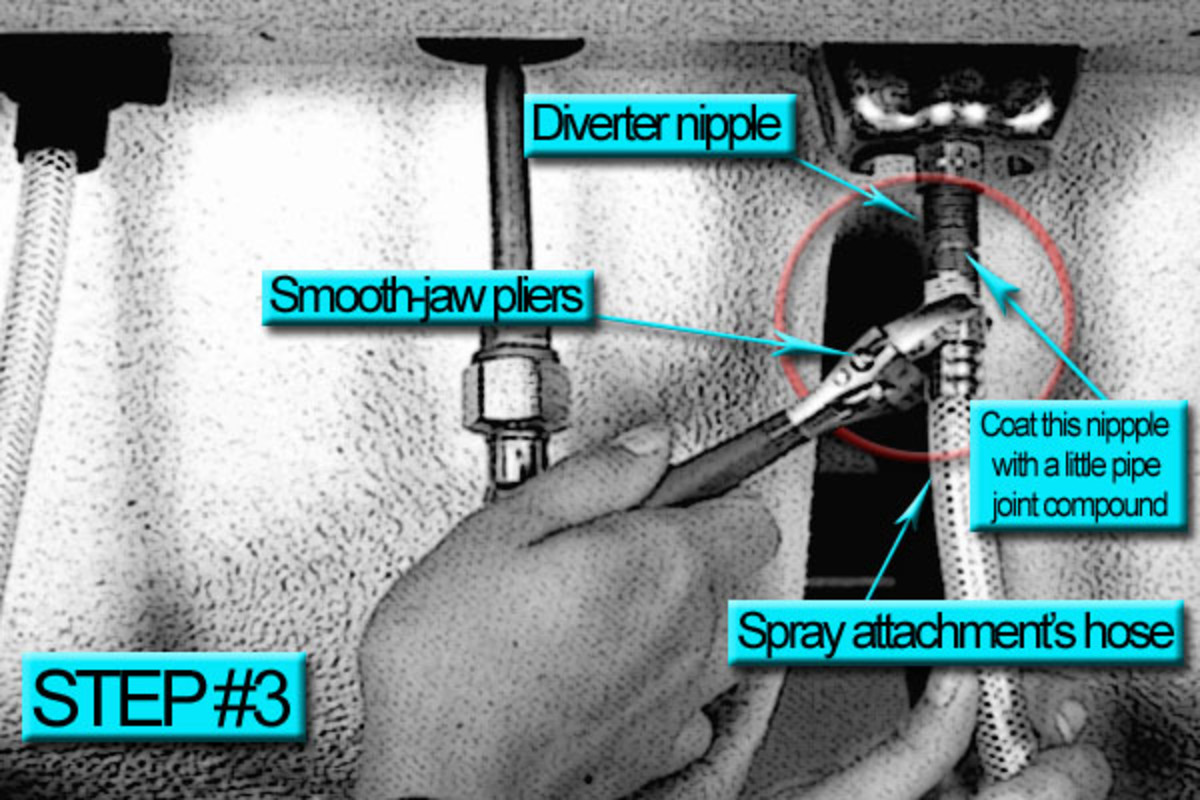








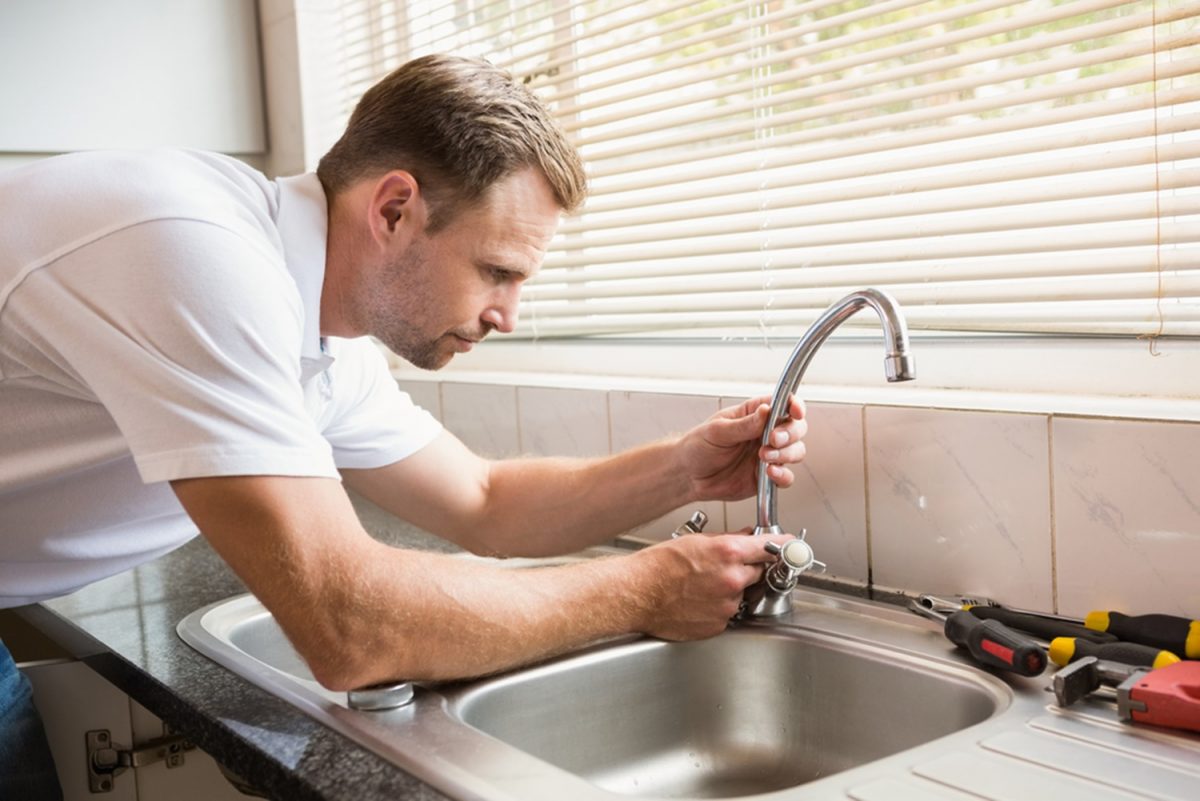

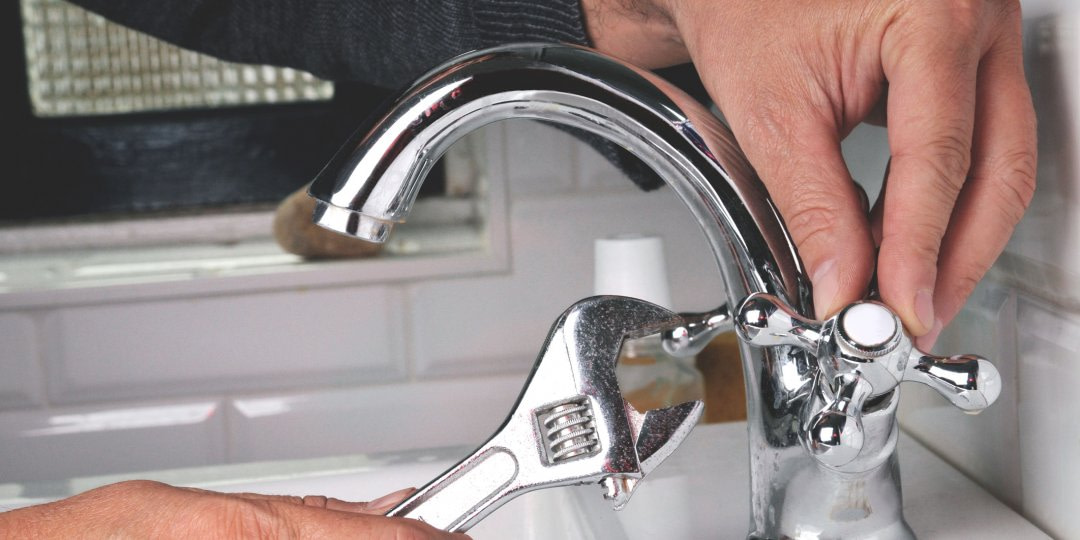

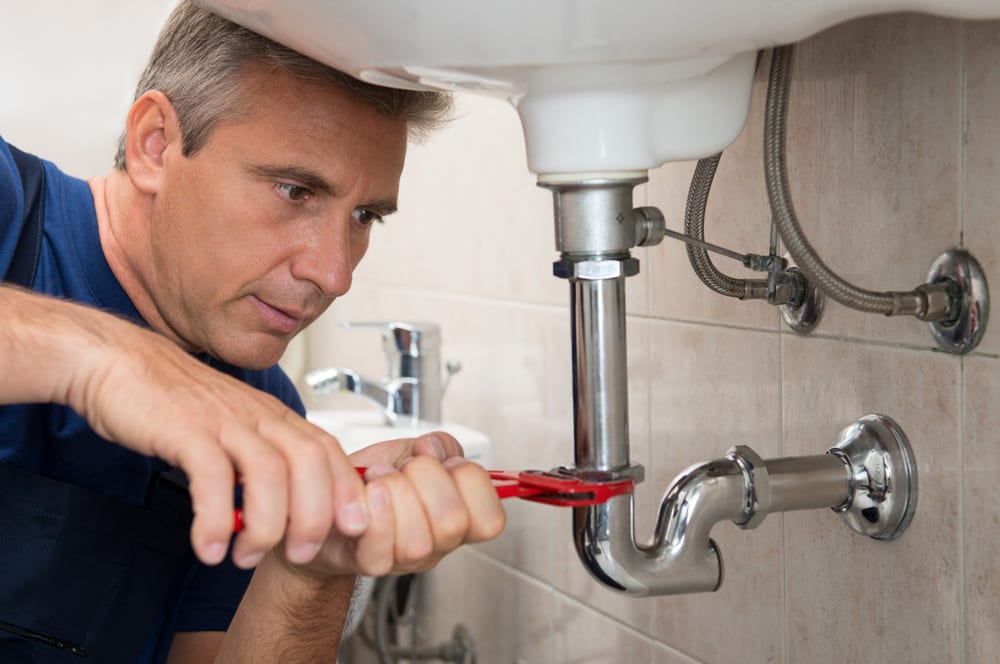










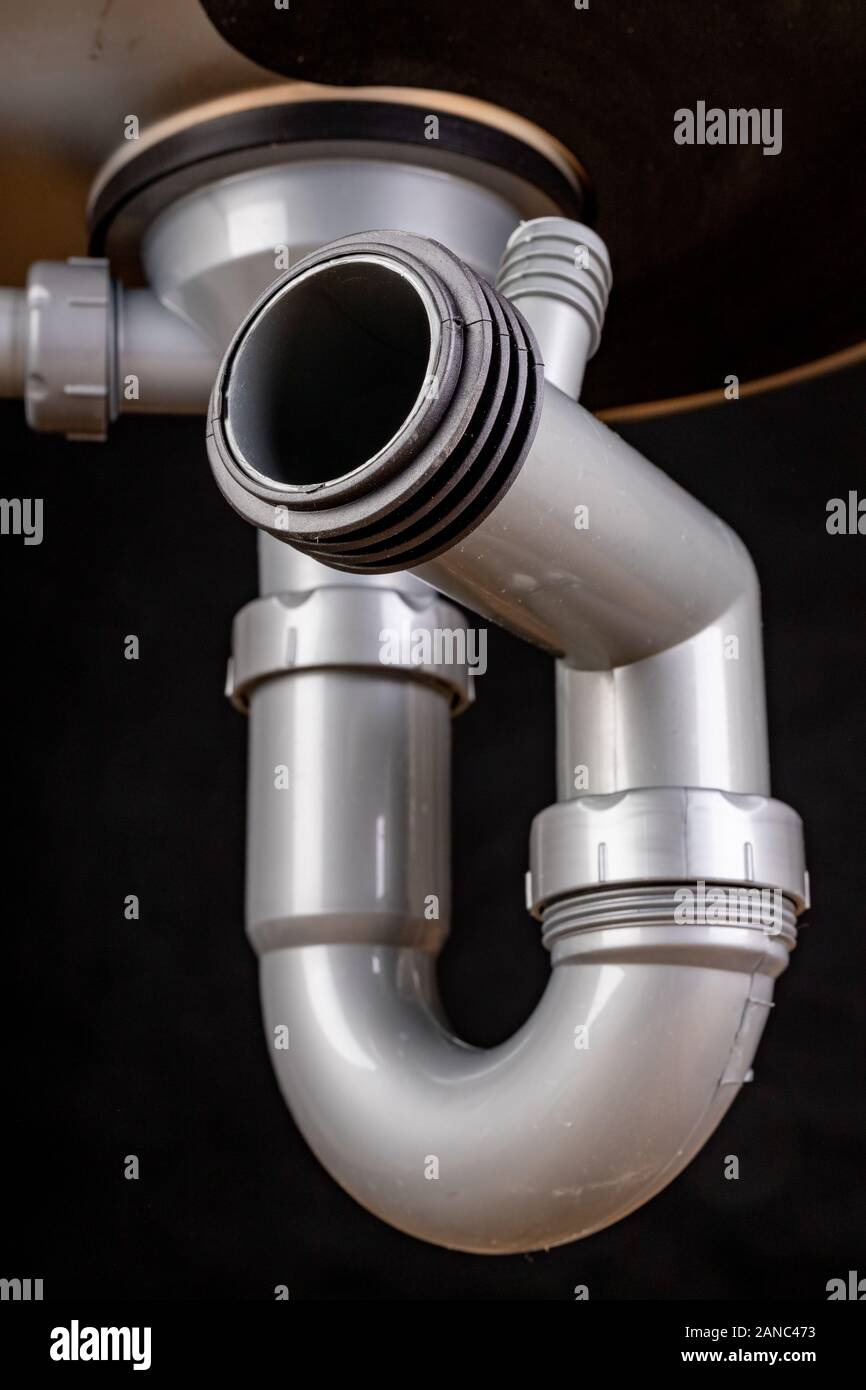






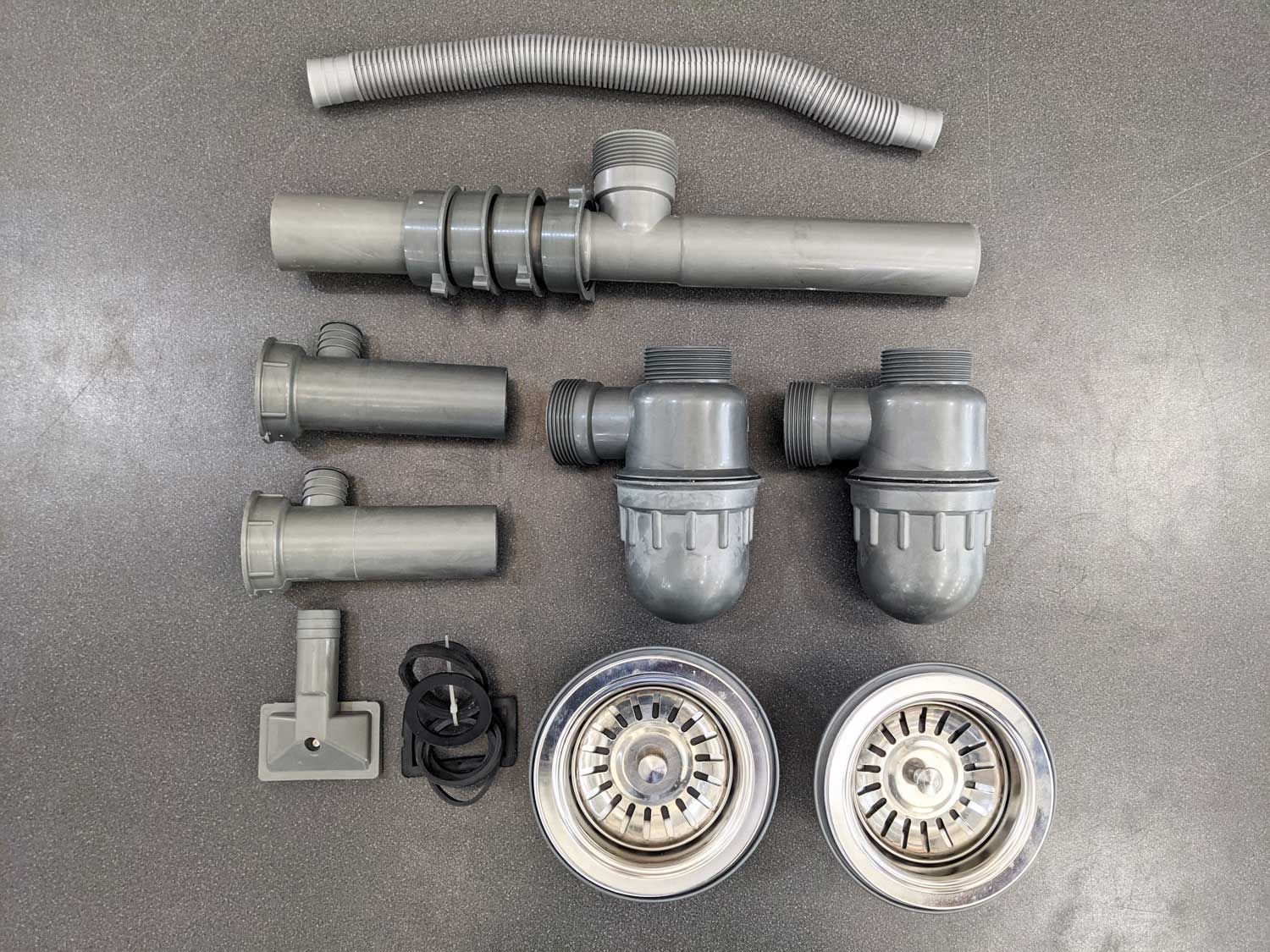






/how-to-install-a-sink-drain-2718789-hero-24e898006ed94c9593a2a268b57989a3.jpg)
